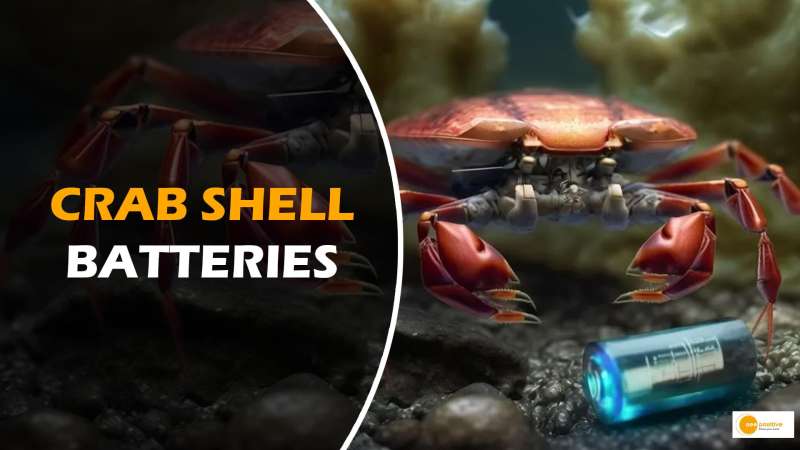As the world embraces sustainable energy solutions, the battery industry faces a significant challenge in meeting the growing demand. This hurdle is particularly evident in electric vehicles (EVs), where the need for better battery performance is crucial for wider adoption. However, the scarcity of raw materials required for conventional batteries hampers progress. In this context, an unexpected ally emerges from crab shells. Researchers have discovered that chitosan, a chemical found in discarded crab shells, has the potential to enhance zinc-ion batteries, offering a safer and more sustainable alternative to lithium-ion batteries.
The growing need for better battery performance, particularly in electric vehicles, drives the quest for alternative energy storage solutions. Conventional lithium-ion batteries, while widely used, face challenges due to the scarcity of raw materials. Zinc-ion batteries, considered safer and more environmentally friendly, are emerging as a potential alternative, leveraging the abundance and affordability of zinc.
Researchers have made an intriguing discovery involving the utilization of crab shells to enhance zinc-ion batteries. These discarded shells contain chitosan, a chemical that, when converted into a gel and combined with zinc-ion batteries, has been found to significantly extend their lifespan. This breakthrough offers a promising solution to address the short longevity issues faced by batteries, which is vital for their practical applications.
The seafood industry generates a vast amount of discarded crab shells, representing an untapped resource for battery manufacturing. Companies like Phillips Foods, operating multiple factories in Asia, process large quantities of crabs, yielding significant amounts of shells and guts that could potentially be diverted towards battery production. This presents a sustainable approach to repurposing waste materials and reduces environmental impact.
Although the technology is still in its infancy, there is optimism about the future of chitosan-based batteries. Asia, with its extensive coastline and booming seafood industry, holds great potential for driving research and development in this field. India, in particular, could emerge as a leader given its substantial coastlines and increasing crab consumption. With the right steps and support, the nation can play a pivotal role in advancing crab shell battery technology.
Moving forward, further research and development efforts are necessary to refine and optimize chitosan-based batteries for practical implementation. As the technology matures, the vast scale of the seafood industry provides a robust foundation for exploring and harnessing the potential of crab shells. By capitalizing on this opportunity, the battery industry can move towards a greener and more sustainable future.
Conclusion
Crab shell batteries, enabled by chitosan and zinc-ion technology, offer a promising avenue for addressing the limitations of conventional battery systems. With their potential to extend battery lifespan and utilize abundant waste materials, these batteries align with the increasing global focus on sustainability. By leveraging Asia’s seafood industry and India’s favourable conditions, the stage is set for groundbreaking advancements in crab shell battery technology, paving the way for a cleaner and more energy-efficient future.


